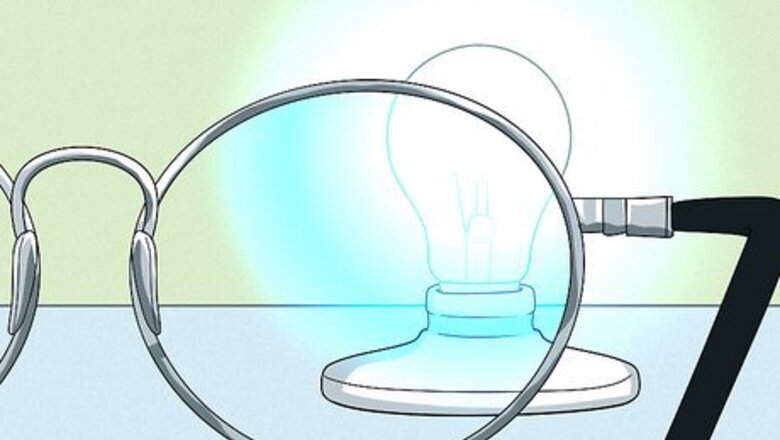
views
Check the light reflecting off of clear lenses.
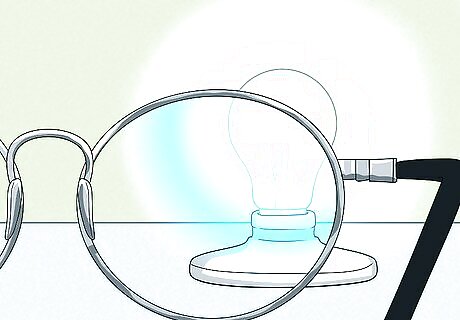
The light bouncing off your lenses shows which colors are being blocked. Hold your lenses up to a light source and check the colors reflecting off of them. If you see the color blue, you know your glasses are blocking at least some blue light. This test works for clear daytime lenses and computer glasses. This is the simplest test you can do at home, but it doesn't indicate how much blue light is being blocked (ideally, you want to block 30% of blue light).
Hold your clear lenses up to the sky.

The blue of the sky should look yellowish through your clear lenses. Clear lenses have a slight yellow tint that isn’t super noticeable when you’re wearing your glasses on your face. To check if they’re tinted, go outside and hold your glasses up toward the blue sky on a clear, bright day. If the sky looks warmer or yellow through the lenses, then they’re blocking at least some blue light.
Look at a white background through your clear lenses.

White should look yellowish if the lenses are blocking blue light. All you need for this test are your glasses and a white background (a computer screen or sheet of paper will work just fine). Hold your glasses up to the background and look through the lenses to check for a yellow tint. The color warms up because there are special pigments in the lenses designed to absorb blue light passing through. If the lens is clear and the color of the background doesn’t warm up, it means there is only a basic anti-reflective coating that filters about 5 to 20% of blue light maximum.
Compare orange lenses to a screen’s “night mode” setting.

"Night mode” should look like your view through orange lenses. Many devices have a "night mode" that blocks blue light from their display. First, look without your glasses at a phone or computer with night mode on. Then, turn off night mode and look at the screen with your glasses on. Depending on how intense the night mode setting is, the images should look pretty similarly warm or yellow-orange in color. On Apple devices, this setting is called night shift. On Android, it’s called blue light filter. Night mode settings essentially do the same work as blue light blocking glasses, but not all devices have the software to do this. There is a variety of free blue light blocking software available for computers and other devices that don’t have a built-in night mode.
Do the Black and Blue Square Test.
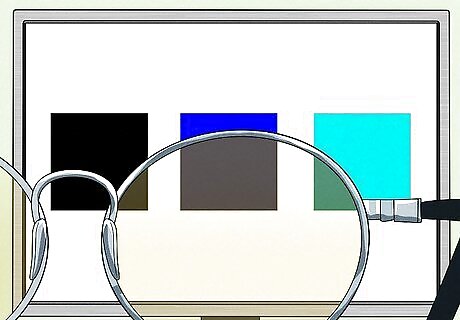
Through dark orange or red lenses, the color blue should look black. Darker nighttime lenses block most (if not all) blue light. Look up “black and blue square test” online to pull up an image of a black square next to a blue square. Put on your glasses and see how the blue square changes to test your lenses. If your lenses are filtering out blue light, the blue square should now look black or dark gray. If the blue square still looks blue, your lenses are not blocking enough blue light.
Look at an RGB color chart.
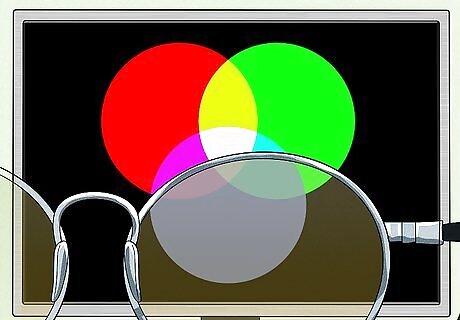
Orange or red lenses should darken the blue portion of a color chart. “RGB” stands for “red, green, blue” and this chart will show you all the colors humans can see. Look up “RGB color chart” or “RGB color wheel” online and look at the chart through your glasses to check their blue light blocking ability. The blue portion of the chart or wheel should turn gray or black if your lenses are blocking blue light. The green portion should also darken. The darker the green portion, the better (especially for orange or red lenses designed for nighttime use).
Ask the manufacturer for a spectrum report.
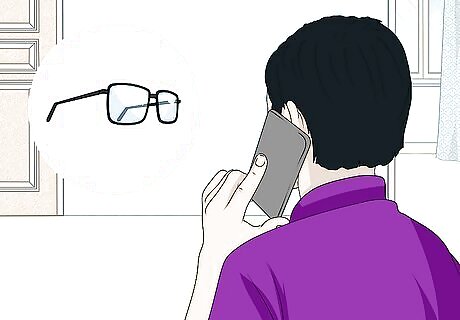
A spectrum report shows the full range of light blocked by your lenses. If the manufacturer is reputable, they won’t hesitate to send you a report (it’s a red flag if they insist you just take their word). For clear computer glasses, check to make sure the lenses filter out at least 30% of blue light before you buy a pair. Yellow evening or driving lenses should block about 65 to 70% of blue light. Orange and red nighttime lenses designed for sleep should block 95 to 100% of blue light. Spectrum reports are useful no matter the color of your lenses—clear, yellow, orange, or red.
Try them out for a few days.
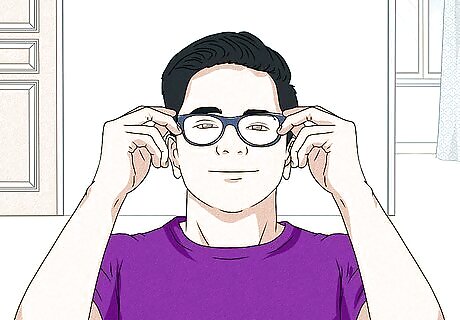
Wear your glasses for several days and notice if your sleep improves. If your lenses are blocking sufficient blue light, you’ll notice that your quantity and quality of sleep will get better, giving you more daytime energy and increased productivity. There’s no harm in wearing blue light blockers, even if they aren’t reflecting blue light. Many manufacturers offer a trial period so you can test out the glasses and see if they work for you. Trials work for any lens color, but orange or red lenses will have a greater impact on sleep than clear ones. The effects are especially noticeable for “night owls” who go to bed later in the night. Blue light blockers don’t help with eye strain. They only support better sleep since blue light disturbs your circadian rhythm (your sense of when it’s time to go to bed).












Comments
0 comment